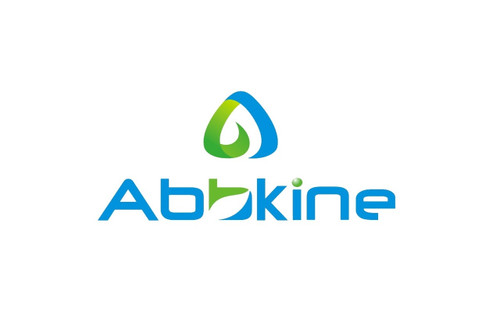Product Description
Human Apoptosis regulatory protein Siva (SIVA1) ELISA Kit | AE59768HU | Abebio
Species Reactivity: Human (Homo sapiens)
Abbreviation: SIVA1
Alternative Name: CD27BP; SIVA; Siva-1; Siva-2; CD27-binding (Siva) protein
Application: ELISA
Range: 0.156-10 ng/mL
Sensitivity: 0.068 ng/mL
Intra-Assay: ≤6.8%
Inter-Assay: ≤9.6%
Recovery: 0, 99
Sample Type: Serum, Plasma, Other biological fluids
Detection Method: Sandwich
Analysis Method : Quantitive
Test Principale: This assay employs a two-site sandwich ELISA to quantitate SIVA1 in samples. An antibody specific for SIVA1 has been pre-coated onto a microplate. Standards and samples are pipetted into the wells and anySIVA1 present is bound by the immobilized antibody. After removing any unbound substances, a biotin-conjugated antibody specific for SIVA1 is added to the wells. After washing, Streptavidin conjugated Horseradish Peroxidase (HRP) is added to the wells. Following a wash to remove any unbound avidin-enzyme reagent, a substrate solution is added to the wells and color develops in proportion to the amount of SIVA1 bound in the initial step. The color development is stopped and the intensity of the color is measured.
Product Overview: CD27BP encodes a protein with an important role in the apoptotic (programmed cell death) pathway induced by the CD27 antigen, a member of the tumor necrosis factor receptor (TFNR) superfamily. The CD27 antigen cytoplasmic tail binds to the N-terminus of this protein. Two alternatively spliced transcript variants encoding distinct proteins have been described.Sequence analysis predicted that the 189-amino acid protein has an N-terminal ring finger and a cys-rich C terminus containing death domains with homology to those in FADD and RIP, as well as motifs that may form a B box-like ring finger, although it lacks his residues and coiled-coil domain structures. Northern blot analysis revealed ubiquitous expression of a 0.8-kb transcript that was greatest in thymus and lowest in colon.
Stability: The stability of ELISA kit is determined by the loss rate of activity. The loss rate of this kit is less than 5% within the expiration date under appropriate storage condition. The loss rate was determined by accelerated thermal degradation test. Keep the kit at 37°C for 4 and 7 days, and compare O.D.values of the kit kept at 37°C with that of at recommended temperature. (referring from China Biological Products Standard, which was calculated by the Arrhenius equation. For ELISA kit, 4 days storage at 37°C can be considered as 6 months at 2 - 8°C, which means 7 days at 37°C equaling 12 months at 2 - 8°C) .
 Euro
Euro
 USD
USD
 British Pound
British Pound
 NULL
NULL








